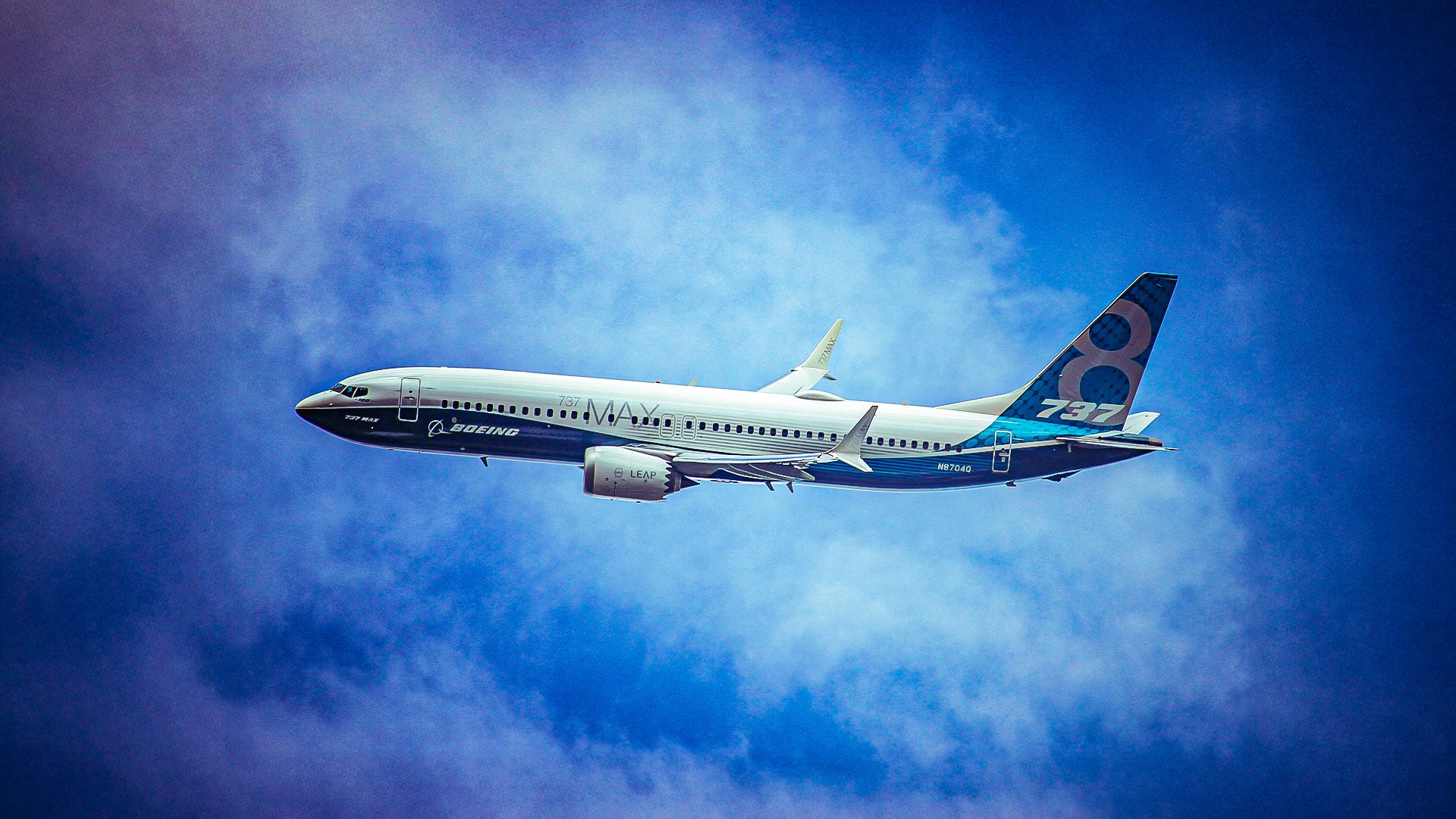World
Boeing Abandons Plans for Long-Range 737-8ERX Aircraft

The anticipated launch of Boeing’s long-range 737-8ERX variant will not materialize, as the aircraft remains confined to the design stage more than a decade after its initial conception. Intended to compete in the increasingly competitive narrowbody market, the 737-8ERX aimed to provide airlines with a more efficient option for longer routes. Despite initial optimism, Boeing has not moved forward with development, leaving the aircraft’s future uncertain.
What the 737-8ERX Could Have Offered
The Boeing 737-8ERX was designed to enhance the capabilities of the already popular 737 MAX 8. With a planned maximum take-off weight of 88.3 tons, compared to the 82.2 tons of the MAX 8, the 737-8ERX was expected to offer a significant boost in range and payload capacity. By adapting features from the larger MAX 9, including reinforced airframe components and an additional fuel tank, the 737-8ERX could achieve a range of up to 4,603 miles. This was around 900 miles more than the MAX 8, allowing it to serve more diverse routes.
The range capabilities of various narrowbody aircraft highlight the competitive landscape. For instance, the Airbus A321XLR boasts a reach of 5,400 miles, making it particularly attractive for airlines seeking efficiency on long-haul routes. The anticipated specifications of the 737-8ERX would have positioned it favorably against other aircraft, but its capacity to carry approximately 160 passengers in a typical two-class setup placed it at a disadvantage against the A321LR and A321XLR.
Challenges Faced by the 737-8ERX
Despite the promising initial designs, Boeing never produced a prototype of the 737-8ERX. The aircraft never progressed beyond the conceptual phase, likely due to unforeseen challenges that often emerge late in the design process. Over the years, Boeing has explored numerous aircraft concepts, many of which remain undisclosed. The 737-8ERX is a prime example of a project that fell victim to market dynamics and internal priorities.
Boeing has faced ongoing issues with its 737 MAX series, which may have influenced the decision not to proceed with the 737-8ERX. As competition intensified, particularly with the introduction of the Airbus A321XLR, the 737-8ERX’s viability in a crowded market diminished. The A321XLR, launched in 2019, was developed in response to airline demands for efficient long-range narrowbody options and has quickly gained traction. Its ability to perform on routes typically dominated by widebody aircraft has shifted the competitive landscape for narrowbody models.
Airbus’s A321XLR is notable for its extended range and improved fuel efficiency, offering airlines a compelling choice that combines the benefits of narrowbody aircraft with long-range capabilities. With a fuel efficiency improvement of up to 30% per seat compared to older models, the A321XLR positions itself as an attractive option for airlines aiming for sustainability and reduced operating costs.
As of October 2025, only four A321XLR aircraft have been delivered, with operators including Aer Lingus and Iberia. The table below illustrates some of the operational routes for the A321XLR, showcasing its versatility:
– **Iberia**: Madrid Barajas Airport (MAD) to Boston Logan International Airport (BOS)
– **Aer Lingus**: Dublin Airport (DUB) to Nashville International Airport (BNA)
– **Qantas**: Sydney Airport (SYD) to Perth Airport (PER) (launching soon)
Airbus has received over 500 orders for the A321XLR, indicating strong market demand.
The implications of Boeing’s decision to abandon the 737-8ERX extend beyond the aircraft itself. The 737 MAX series has been pivotal for the manufacturer, enhancing fuel efficiency and passenger comfort in the face of growing competition. Launched in 2011, the 737 MAX was introduced as a response to the Airbus A320neo family, reflecting the industry’s shift towards more cost-effective and environmentally friendly aircraft.
While the 737 MAX family has achieved some success, with Southwest Airlines operating the largest fleet of MAX aircraft, the absence of the 737-8ERX highlights Boeing’s need to adapt its strategy in an evolving market. The company is likely to focus on other advancements, including the upcoming Boeing 777X, which could redefine long-haul travel.
In conclusion, the failure to advance the 737-8ERX underscores the complexities of aircraft design and market competition. As Boeing navigates these challenges, the company’s commitment to innovation remains critical for its future success in the aerospace sector.
-

 Science2 months ago
Science2 months agoInventor Achieves Breakthrough with 2 Billion FPS Laser Video
-

 Health2 months ago
Health2 months agoCommunity Unites for 7th Annual Into the Light Walk for Mental Health
-

 Top Stories2 months ago
Top Stories2 months agoCharlie Sheen’s New Romance: ‘Glowing’ with Younger Partner
-

 Entertainment2 months ago
Entertainment2 months agoDua Lipa Aces GCSE Spanish, Sparks Super Bowl Buzz with Fans
-

 Health2 months ago
Health2 months agoCurium Group, PeptiDream, and PDRadiopharma Launch Key Cancer Trial
-

 Top Stories2 months ago
Top Stories2 months agoFormer Mozilla CMO Launches AI-Driven Cannabis Cocktail Brand Fast
-

 Entertainment2 months ago
Entertainment2 months agoMother Fights to Reunite with Children After Kidnapping in New Drama
-

 World2 months ago
World2 months agoIsrael Reopens Rafah Crossing After Hostage Remains Returned
-

 Business2 months ago
Business2 months agoTyler Technologies Set to Reveal Q3 Earnings on October 22
-

 World2 months ago
World2 months agoR&B Icon D’Angelo Dies at 51, Leaving Lasting Legacy
-

 Health2 months ago
Health2 months agoNorth Carolina’s Biotech Boom: Billions in New Investments
-

 Health2 months ago
Health2 months agoYouTube Launches New Mental Health Tools for Teen Users









